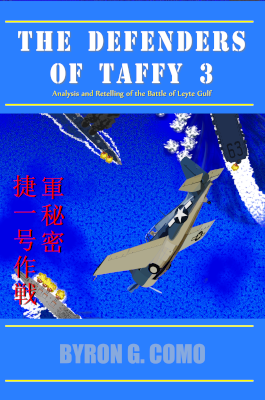Operation Eagle Claw / Evening Light
When Iranian "students" seized the US embassy on 04 November 1979, the USS CORAL SEA (CV 43) spent most of its deployment on "Gonzo Station" off the southern coast of Iran before returning home in June of 1980. Meanwhile, the Air Force scrambled to regenerate its special operations capabilities. By December 1979, a rescue force was selected and a training program was under way. Training exercises were conducted through March 1980 and the JCS approved mission execution on 16 April 1980. Between 19 and 23 April, the forces deployed to Southwest Asia.
On 24 April 1980, after six months of failed negotiation, the national command authorities executed Operation Eagle Claw to free US hostages held in Iran by militant students.
On the evening of 24 April, six C-130s left Masirah Island, Oman, and eight RH-53D helicopters departed the USS Nimitz in the Arabian Sea. Both formations headed for the location code-named Desert One. Within four hours, two helicopters had aborted. The remaining helicopters were delayed due to an unforecast "dust front," and one developed a hydraulic leak that its crew could not fix at the Desert One site. Because planners had decided six helicopters were required for the mission to continue, and only five were now available, the rescue attempt was aborted.
The plan called for eight Navy RH-53D helicopters to fly 600 miles to Desert One and, under the cover of darkness, refuel from KC-130 tankers, load a 120-man Army assault team and proceed to two additional hide sites. One of the go/no-go parameters for the mission was a minimum of six operational helicopters. Within four hours, two helicopters aborted due to mechanical failure. The remaining aircraft were delayed due to weather, with one of them not operational due to a hydraulic leak.
While repositioning to refuel from the C-130s, one helicopter collided with a C-130. The two aircraft were quickly engulfed in flames. The on-scene commander decided at that point to load the survivors of the collision and all the other helicopter crews in the C-130s and depart. Eight men had been killed and five more injured. Five intact helicopters, the burned wreckage of the helicopter and C-130, and the dead, were left behind.
It was during the evacuation of the site that problems arose. One of the helicopters collided with a KC-130 during refueling. The result was 193 million dollars worth of equipment and eight dead servicemen left behind. Unlike Operation Ivory Coast, analysis of the mission concluded that there were significant problems. Command and control during the execution of the operation was flawed. Violating the principle of unity of command, there was no designated mission commander for six months, hampering the training, planning, and execution of the operation. There were separate commanders for site security, helicopter force, ground force, KC-130, and landing support. The ground force commander had go/no-go authority, but he was not known to the rest of the force. Training was also not conducted in a joint manner. It was conducted at the individual and unit level within each component. Although there were few rehearsals that assessed specific portions of the operation, there was no full dress rehearsal. Compounding the problem was communications inter- operability and procedural restraints.
A six-member commission was appointed by the JCS to study the operation. Headed by Adm James L. Holloway III, the panel included Gen LeRoy Manor, who commanded the earlier Son Tay raid. One issue investigated was selection of aircrew. Navy and Marine pilots with little experience in long-range overland navigation or refueling from C-130s were selected though more than a hundred qualified Air Force H-53 pilots were available. Another issue was the lack of a comprehensive readiness evaluation and mission rehearsal program. From the beginning, training was not conducted in a truly joint manner; it was compartmented and held at scattered locations throughout the US. The limited rehearsals that were conducted assessed only portions of the total mission. Also at issue was the number of helicopters used. The commission concluded that at least ten and perhaps as many as twelve helicopters should have been launched to guarantee the minimum of six required for completion of the mission. The plan was also criticized for using the "hopscotch" method of ground refueling instead of air refueling as was used for the Son Tay raid. By air refueling en route, the commission thought the entire Desert One scenario could have been avoided.
|
NEWSLETTER
|
| Join the GlobalSecurity.org mailing list |
|
|
|


